Reviews
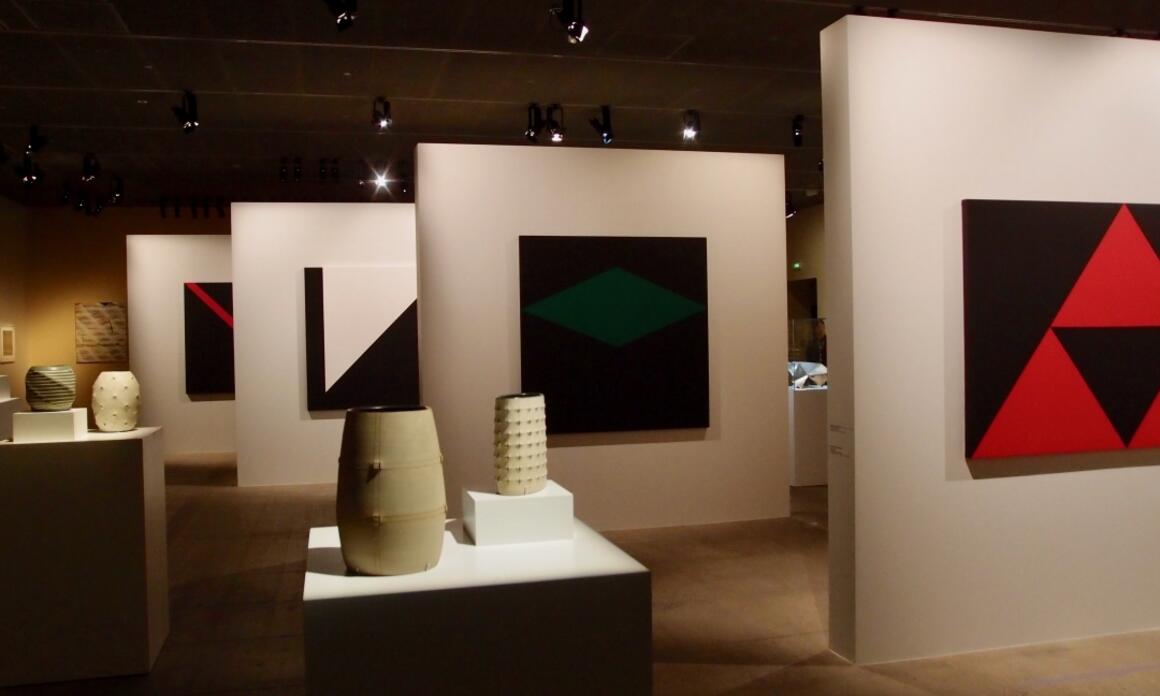
FONDATION CARTIER: GÉOMÉTRIES SUD, DU MEXIQUE À LA TERRE DE FEU
The Fondation Cartier explores the diversity of Latin America modern art through Géométries Sud, du Mexique à la Terre de Feu, enhancing the richness and variety of ornaments, colors and figures in southern continent art. Gathering about 250 works from pre-Columbian period to the most contemporary productions, including popular art, abstract art, ceramics, sculpture, architecture and basketry, the exposition investigates the multiple forms of geometric abstraction in Latin America, which are inspired in pre-Columbian art, European avant-garde’s or in indigenous cultures still alive.
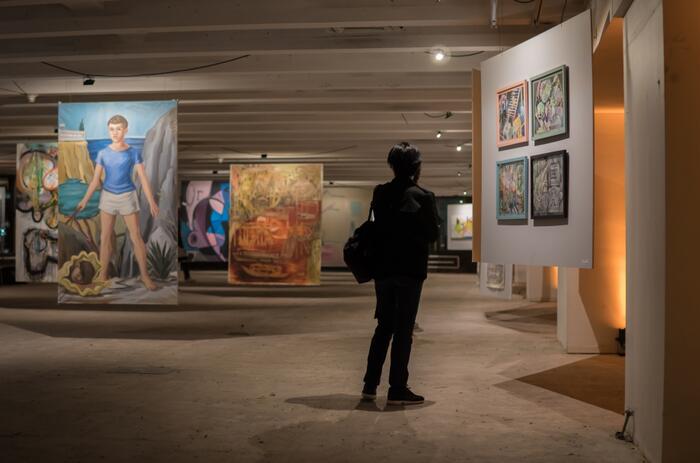
LE LE LEND, AN EXHIBITION WITHOUT INTERMEDIARIES
Until November 25, on the sixth floor of a business building in Buenos Aires City (928 Lenado N. Alem street), a sui generis collective exhibition within the Argentine contemporary scene opened. With the participation of ten of the most outstanding plastic artists since 2000 -Juan Becú, Florencia Bohtlingk, Laura Codega, Max Gómez Canle, Vicente Grondona, Máximo Pedraza, Tiziana Pierri, Déborah Pruden, Nahuel Vecino and Lorena Ventimiglia-, Le Le Lend inaugurated two weeks ago as a self-curated show.
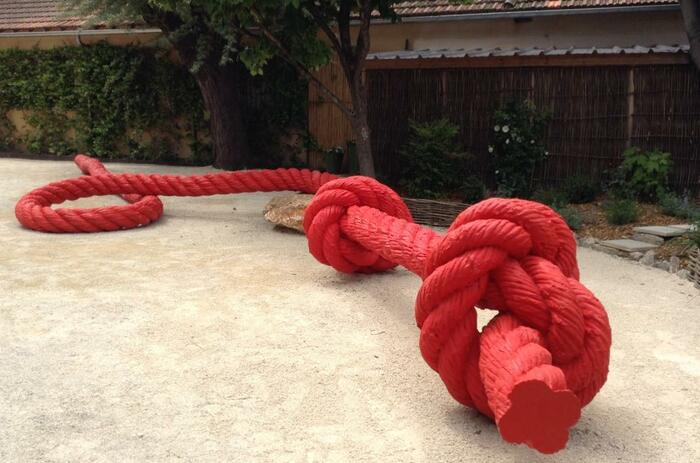
TISSAGE-TRESSAGE AT VILLA DARTIS FOUNDATION
Since immemorial times, the thread has fascinated and inspired artists and poets, and mythology has developed incessantly its mysteries: The Ariadne thread, the Moebius ribbon ...
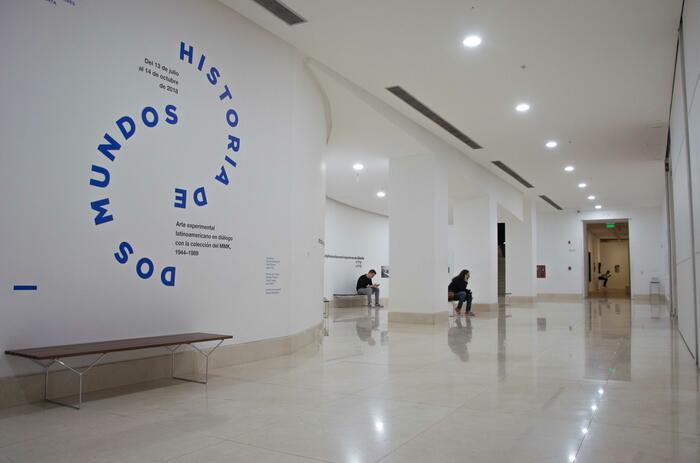
A TALE OF TWO WORLDS, AN INVERSION OVER THE HISTORICAL PERSPECTIVE?
After a significant remodeling the Museum of Modern Art of Buenos Aires (MAMBA) reopened its doors this July with an exhibition held jointly with the Museum für Moderne Kunst Frankfurt with the aim of reviewing the modern collections facing a global art history.
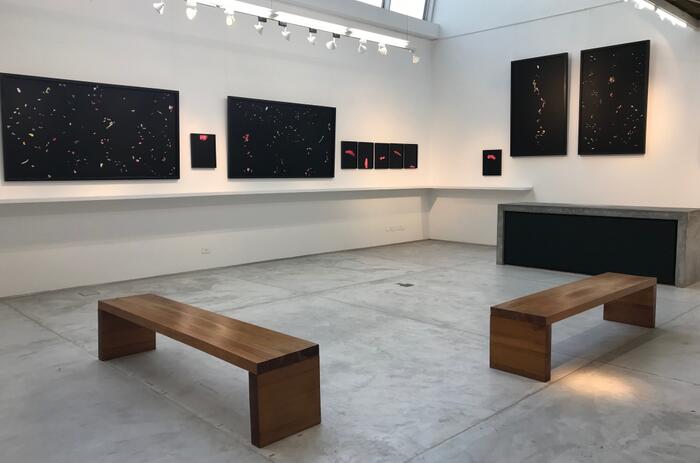
SINAPSIS, BY COTTY OXENFORD
To judge an artistic expression is not an easy thing. It is about judging the subjectivity of another within one's sensitivity. Therefore, the text is nothing more than an opinion of another opinion. And reading this is only the multiplication of that process. This is how this review should be read, because that is what the solo exhibition Sinapsis, that takes place in OdA Espacio de Arte (Buenos Aires, Argentina), is all about.

STRANGE THNIGS IN CÓRDOBA
It wanders satisfied around the borders of the global mainstream fairs circuit, Mercado de Arte Contemporáneo – Córdoba, an annual event that brings together a set of galleries, collectives and collections in the second most important city in Argentina.
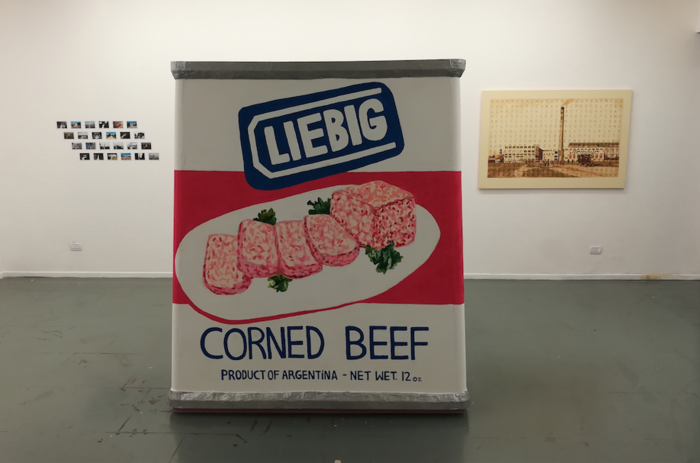
DIASPORA, AN EXHIBITION THAT EXPLORES CITIZEN CONSTRUCTION
During yesterday afternoon at Quimera Gallery, located in Güemes 4474 (Buenos Aires), Eric Markowski appropriates the gallery space with a can of meat monument. Like a great alphabet soup, the exhibition curated by Sebastián Vidal Mackinson seeks to reconstruct history and understand citizen construction processes that materialize history.
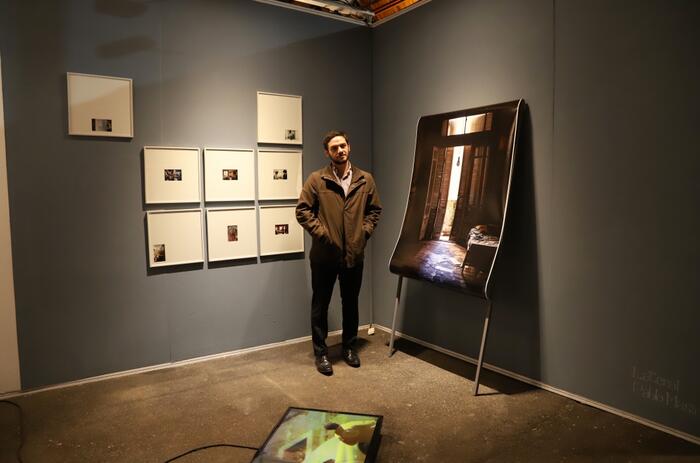
BAPHOTO 2018: FOUR ARTISTS WHO SHOULD NOT PASS UP
The fourteenth edition of the specialized fair in Latin American photography Baphoto has an international and diverse selection emphasized on the different ways of approaching artistic exploration through the medium. At the Buenos Aires Fairground La Rural, Dr. Emilio Solanet’s pavilion is divided into eight sections, each one curated by a specific curator: Ana Luiza Fonseca for Photobook Tijuana, Alfredo Aracil for Fuera de Foco, Francisco Medail for Artista Homenaje, Florencia Portocarrero for Special Rooms, Mercedes Claus for Links Projects and Rodrigo Alonso for Videoprojects.

BAPHOTO 2018: FOUR ARTISTS WHO SHOULD NOT PASS UP
The fourteenth edition of the specialized fair in Latin American photography Baphoto has an international and diverse selection emphasized on the different ways of approaching artistic exploration through the medium. At the Buenos Aires Fairground La Rural, Dr. Emilio Solanet’s pavilion is divided into eight sections, each one curated by a specific curator: Ana Luiza Fonseca for Photobook Tijuana, Alfredo Aracil for Fuera de Foco, Francisco Medail for Artista Homenaje, Florencia Portocarrero for Special Rooms, Mercedes Claus for Links Projects and Rodrigo Alonso for Videoprojects.

YOSHI'S ALTERED SURFACES
In the spaces of Cerquone Projects, Caracas, more than twenty works in medium and large format made by the Venezuelan artist Yoshi during the last seven years make up the exhibition Superficies Alteradas (Altered Surfaces), under the curatorship of Lorena González Inneco and the museography of Jean Nouel.
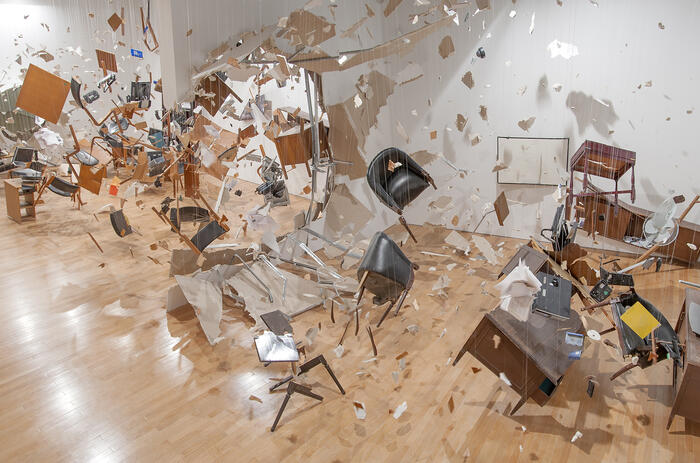
LOS CARPINTEROS, EL FINAL DE UNA ETAPA
Después de casi tres décadas de trayectoria y reconocimiento internacional, el colectivo más importante de la escena Cubana se disuelve. Los Carpinteros, el duo integrado por Marco Antonio Castillo y Dagoberto Rodríguez anunció su separación.
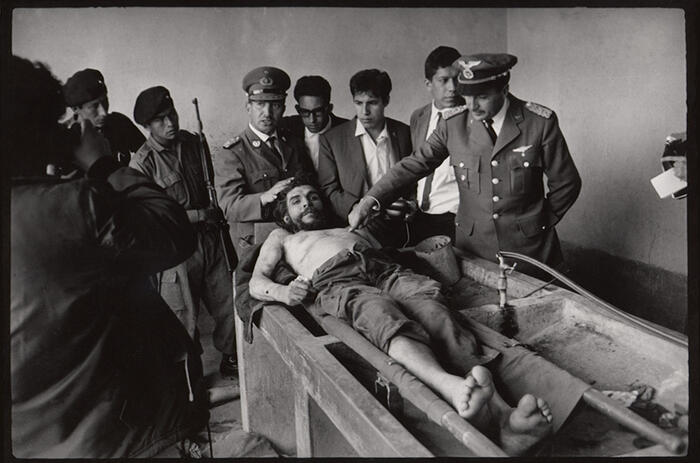
THE RESURRECTION OF THE HERO: THE LAST FACE OF CHE GUEVARA IN FREDDY ALBORTA AND LEANDRO KATZ WORKS
The noted art historian John Berger was the first to notice, in the same year of Che's death, in 1967, when the terrible image of the Bolivian photographer Freddy Alborta was published for the first time, its overwhelming similarity with the dead Christ (1480 -90) of Mantegna and with the lesson of anatomy (1632) of Rembrandt. According to Eduardo Grüner, with "the disappearance of the living body" and with the possibility of imagining Che "beyond death," his image was installed in the collective imagination as a very powerful embodiment of the myth of the revolutionary, full of Affective resonances related to the figure of Christ.
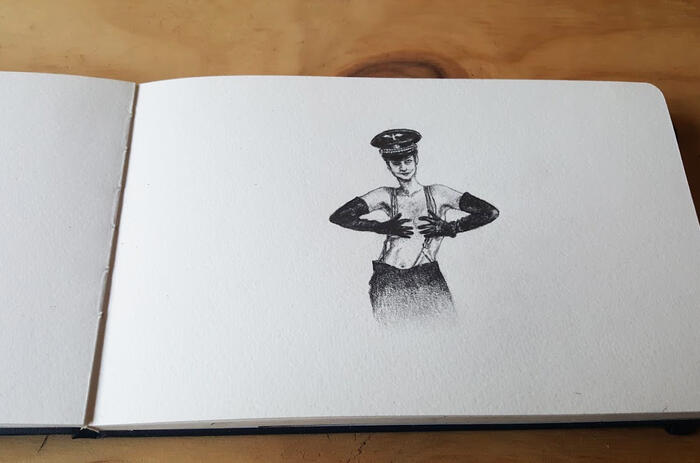
WHAT´S COOKING IN BOGOTÁ? - MEET FLORA´S 2018 RESIDENTS
(PART 3)
In the heart of San Felipe, a northern Bogotá neighbourhood in process of gentrification, there is a building where more than 20 artists from all over the world work, talk and coexist. Each one has their own workshop and does part in the activities of the curricular program, which includes encounters with curators, theorists, leaders of indigenous communities, among others.
Founded by curator José Roca in 2016 The Flora School residence turned Bogotá into a meeting point for a diverse group of people interested in art. The reasons why artists choose this residence are diverse, although everyone agrees that the experience in Bogota represents an important moment in their career.
Here are some of the residents featured in this first review.
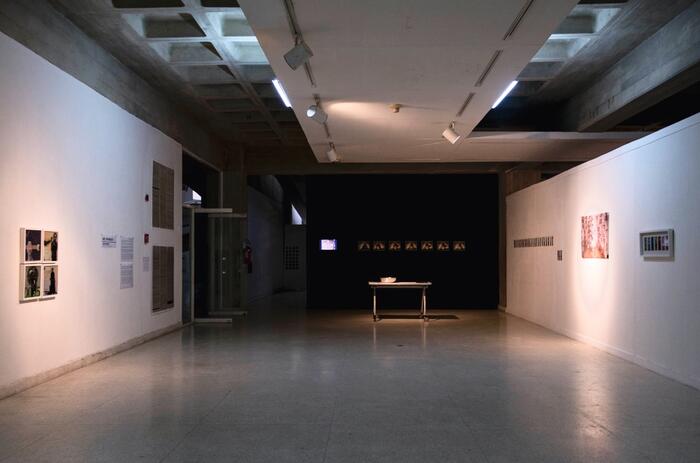
STOP AND REVIEW: WHAT IS OF THE VENEZUELAN ART SCENE?
The second half of the year has arrived and the distances between what was and what is, is usually reduced to moments of constant revision that allow us to sketch what will be, or at least form an expectation of it. For Venezuelan art, half of the year has meant the possibility of witnessing the dialogue between complexity and typical contradiction of a convulsed country, in which past and future are interrelated to speak in the present tense.
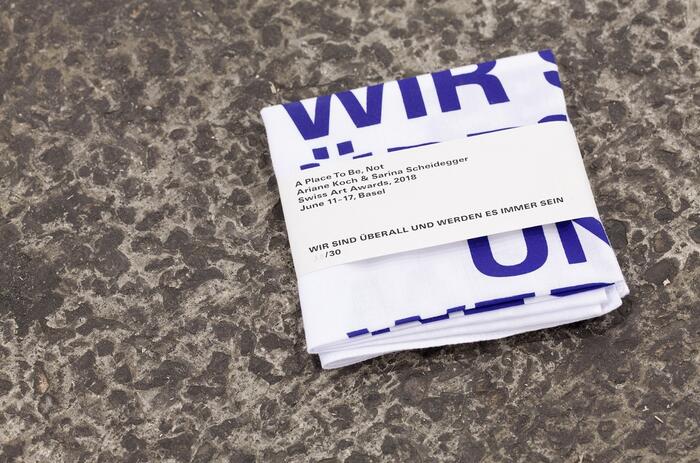
WHAT´S COOKING IN BOGOTÁ? - MEET FLORA´S 2018 RESIDENTS
By Valentina Gutiérrez Turbay.
(PART 1)
In the heart of San Felipe, a northern Bogotá neighbourhood in process of gentrification, there is a building where more than 20 artists from all over the world work, talk and coexist. Each one has his own workshop and does part of the activities of the curricular program, which includes encounters with curators, theorists, and leaders of indigenous communities among others. Founded by curator José Roca in 2016 The Flora School residence turned Bogotá into a meeting point for a diverse group of people interested in art. The reasons why artists choose this residence are many, although everyone agrees that the experience in Bogota represents an important moment in their career. Here are some of the 2018 residents:
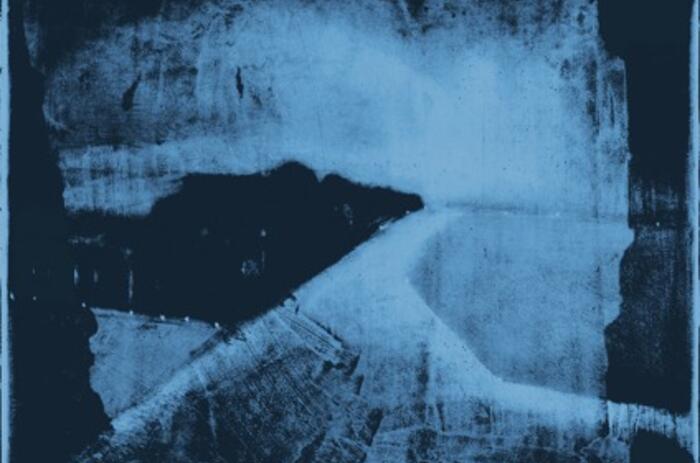
SEBASTIAN SPRENG: DRESDEN
In the Dresden Series created for this exhibition at the Lowe Art Museum, Sebastian Spreng moves away from the lyrical paintings of the past that were inspired by the ethereal beauty of nature to a subject of serious historical import. The Allied bombing of one of Europe’s most culturally significant and beautiful Baroque cities in February 1945 is a dark chapter in the story of war, and one that would be repeated in many horrific ways to this day. To capture the essence of its tragedies, Spreng explores new media and new technologies to produce 60 digital prints created on his IPAD directly on aluminum. Using photographs and computer manipulation of line and color that appear like ghostly shadows to scar painterly surfaces, Spreng turns to his lifelong love of music and poetry to inspire the many moods of war – from dark destruction to rays of light. Each work is named a Canto, a reference to divisions in poetry and music derived from the Latin for song, and for him inspired by Dante’s Divine Comedy and his cantos about purgatory. It is a perfect way for the artist to present the works as verses, approaching the series through mood. They are also odes to remembrance and hope for the future.
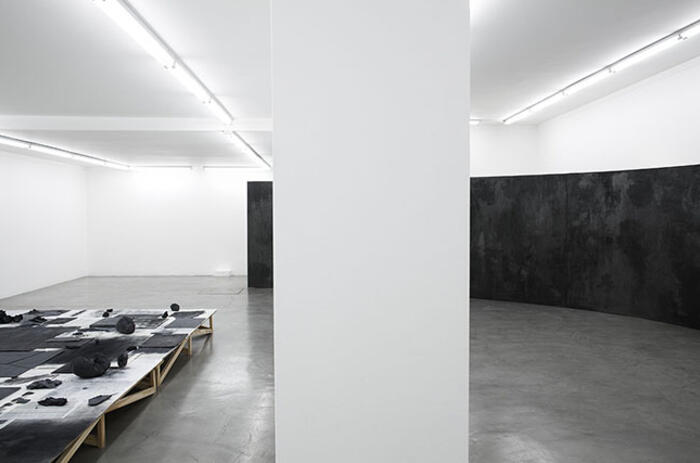
ELENA LOSÓN INAUGURATES UN MURO MAS ALLA AT HACHE GALERÍA IN BUENOS AIRES
At Loyola 32, in Villa Crespo (Argentina), over the ground of Hache graphite in powder, resin, papers and objects of coal universe. Upon entering the gallery a series of absorbent black panels make a wall. However, the wall is false, by means of a curve, the "gray mole" structure, as described by Max Gómez Canle, curator of the exhibition, deposited in the adjoining room where Horizonte (Horizon), the second work of Elena Loson, is presented as a Constellation of objects in a monochrome palette. Un muro más allá (A wall beyond) inaugurated on Tuesday 19th at Hache Gallery in Buenos Aires.
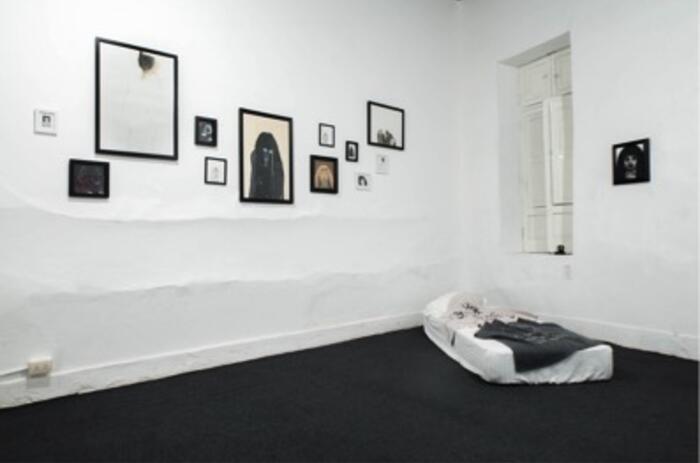
Crisis and Maria: Young projects take the lead in the contemporary Peruvian scene
Review by: Carlos Zevallos Trigoso
A sensation that is perceived today in Lima, especially among young artists, is that the activities of the art market do not offer enough stability and that the work necessary to build a personal career is crossed by factors that are not very transparent. It is in this context that initiatives are launched by young people, some of them artists, where they design for themselves and their peers some dynamics that allow them to relate to the market while maintaining greater control and with expectations much greater than that of commercial circulation. Two significant examples of this are Maria and Crisis galleries, projects with less than two years of activities that are directed towards the future with clear readings of the context and their needs.
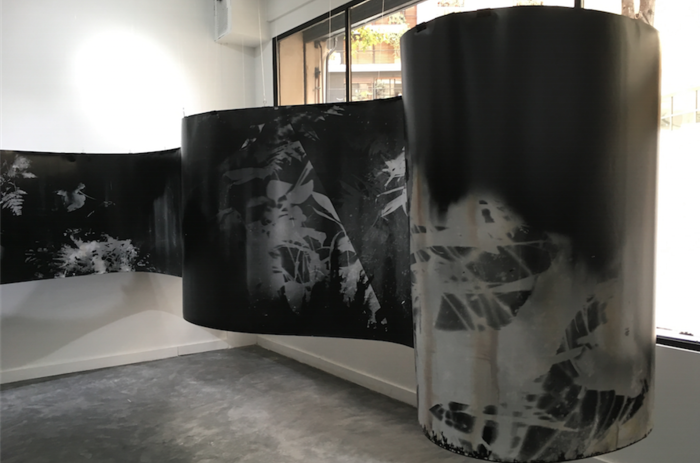
Roberto Huarcayas Amazonia- Bahuaja Sonene
In 2014, the non-profit organization Wildlife Conservation Society invited twelve Latin American artists to enter the Bahuaja Sonene Reserve located in the south east of Peru. The idea of the program was, through artistic expression, to make known the reservation to the region so that awareness is generated. Bahuaja Sonene is one of the six national parks with the most biodiversity on the planet. Among the poets, musicians, chefs and visual artists invited to represent this great landscape was Roberto Huarcaya, a Peruvian psychologist, photographer and artist who has been experimenting with the notion of territory for several years from his series of panoramas Campos de Batalla (Battlefields).
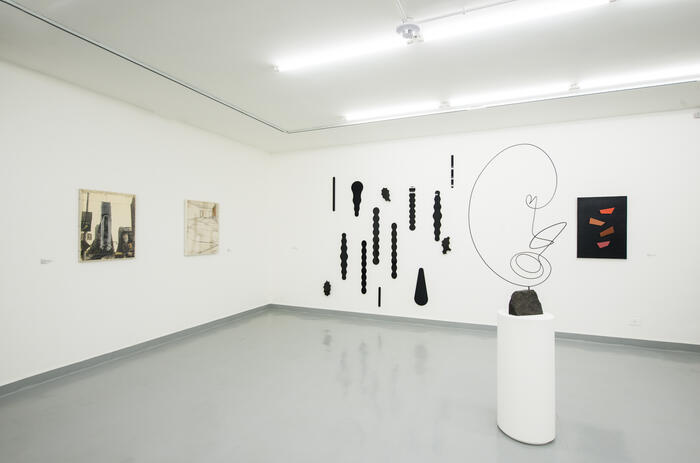
Klemm Fundation: El cuerpo de una colección.
Juan Cruz Pedroni write about ‘El cuerpo de una Colección’, the new permanent exhibition by Fundacion Klemm, curated by Federico Baeza and Guadalupe Chirotarrab.

Medail & Pedroni: La semejanza y la Pausa
The notion of similarity seems to have a clear reference in the context of the exhibition: it refers to the use of photography as a reproduction, a faithful record of monuments and works. The connotations of the second term are, on the other hand, less evident, although they seem to point to the instants (or is it, perhaps, of places?) In which the alluded resemblance stops.
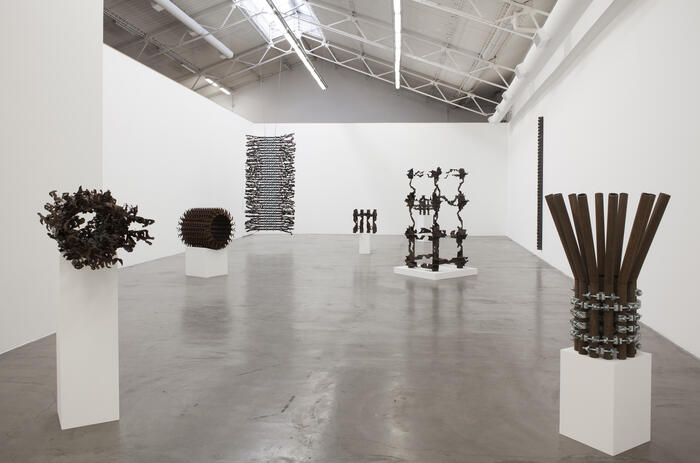
Luciana Lamothe: Ensayos de abertura
It is a simple gesture to locate Ensayos de apertura, the exhibition by Luciana Lamothe (1975) in the coordinates of a return to order that critics have even come to celebrate.
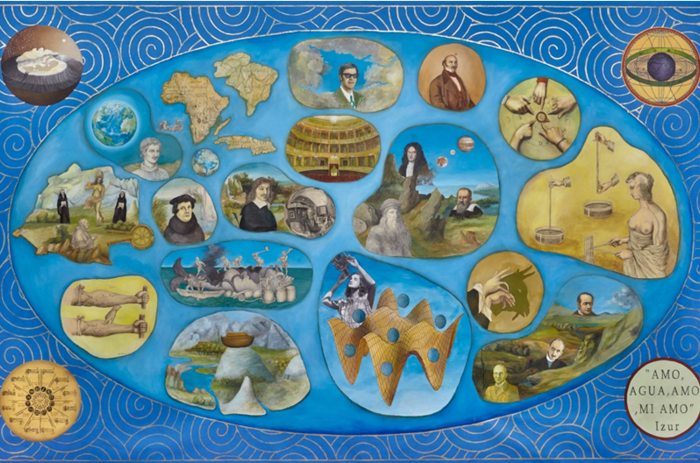
Adriana Bustos: Cartographies of coincidence
"Imago Mundi" is the first individual in Galería 80m2, Lima of the Argentine artist Adriana Bustos, who takes her title from the cosmographic treatise of the geographer and theologian Pierre d'Ailly, which Columbus used on his voyage of discovery.
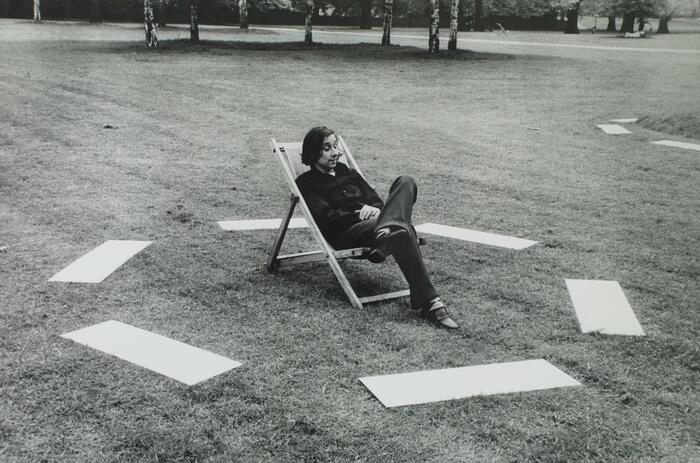
David Lamelas: Con vida Propia
The retrospective exhibition of an artist who traversed historical conceptualism sometimes leaves the image of a collection of muted sites, a repertoire of vacant places.

Pedro Tyler: The measure of the uncountable
"Fragmentaria II" brings together seven pieces from different series by the Uruguayan artist Pedro Tyler, offering a synthetic overview of his work in his second solo show in Lima.
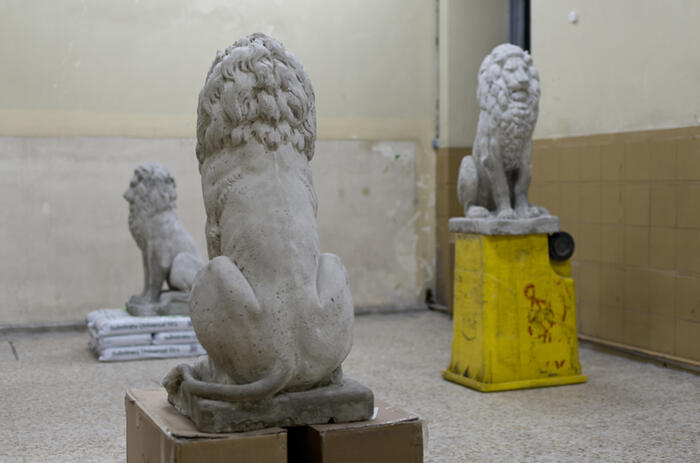
Daniel Boccato: Centinela
The proposals of Daniel Boccato (Campinas, Brazil, 1991) investigate the relationship between abstraction and figuration and are based on the investigation of the different discursive forms that pose language and form, suggesting other foundations that establish a new thinking with which to challenge any constriction. All this is reflected in Centinela, his last performance and specific project for the space Studies of the old tobacco factory in Madrid, where he follows another of the constants of his production: the breaking of any convention on formats and the preferential use of materials and objects of an industrial nature.
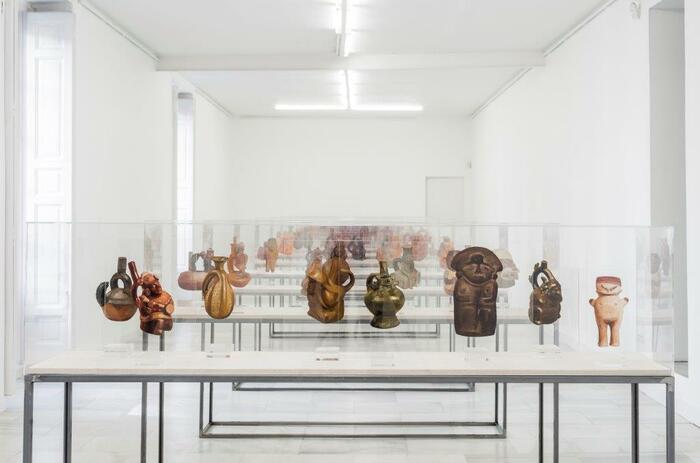
Sandra Gamarra: Rojo Indio
In her recent exhibition for the gallery in Madrid, Sandra Gamarra (Lima, Peru, 1972) returns to use the concept of imposition of Western thought, channeled through the appropriation of that vision in Latin America. Nonetheless, the exploration of cultural perception and assimilation are, in a certain way, habitual subjects of study in her trajectory. For the occasion, the space plays a fundamental role for the understanding of the proposal. This, although conformed by several pieces, works as a single environment where everything dialogues within the conceptual framework.
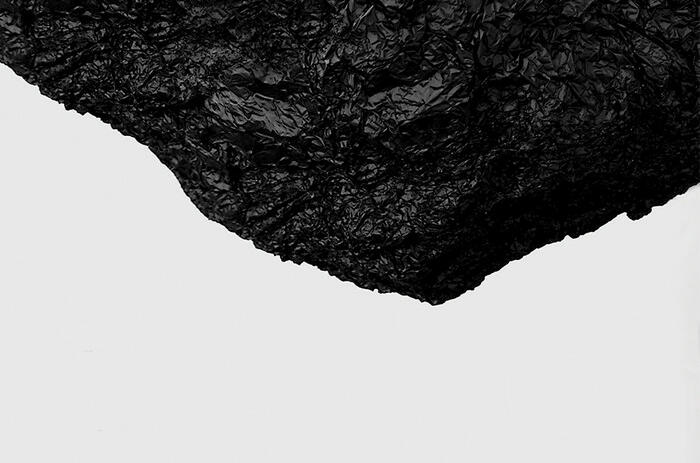
Eduardo Basualdo: La cabeza de Goliat
The Main Hall of the Usina del Arte houses an imposing installation by the Argentine artist Eduardo Basualdo, which can be seen until April 22nd.
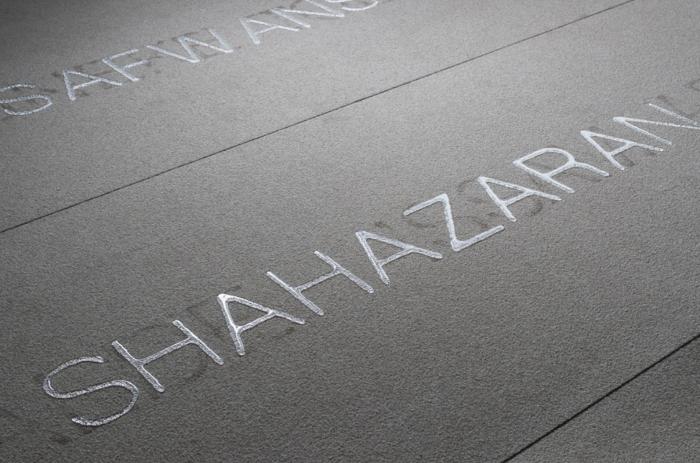
Doris Salcedo at the Museo Nacional Centro de Arte Reina Sofía
Each new intervention made by Doris Salcedo (Bogotá, Colombia, 1958) reaffirms the commitment to narrative based on historical research, usually covered in a certain revisionism, which the artist has been practicing for years, especially focusing on everything that surrounds political violence and what it generates. This is also the case of Palimpsesto, the proposal of monumental character that has developed in the Palacio de Cristal in Madrid and with which it pays tribute to the victims of one of the most dramatic faces of immigration, those who left their lives risking it blindly in the Mediterranean Sea.
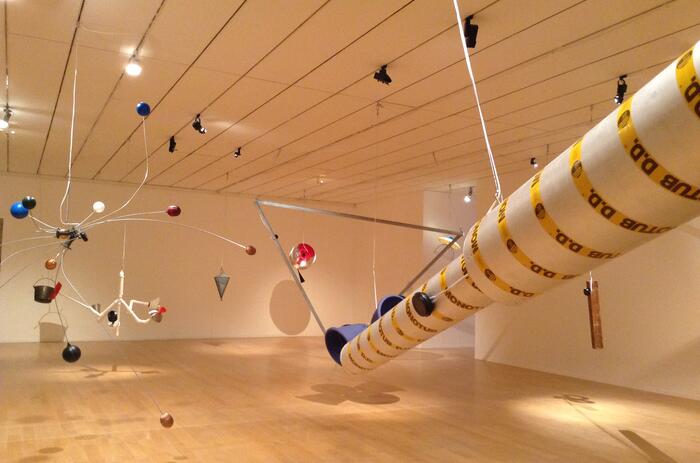
14th Lyon Biennale: An Empirical and Sensory Exploration
Under the care of guest curator Emma Lavigne, the 14th Lyon Biennale of Contemporary Art brings together a breadth of artists who echo the instability of these times.



